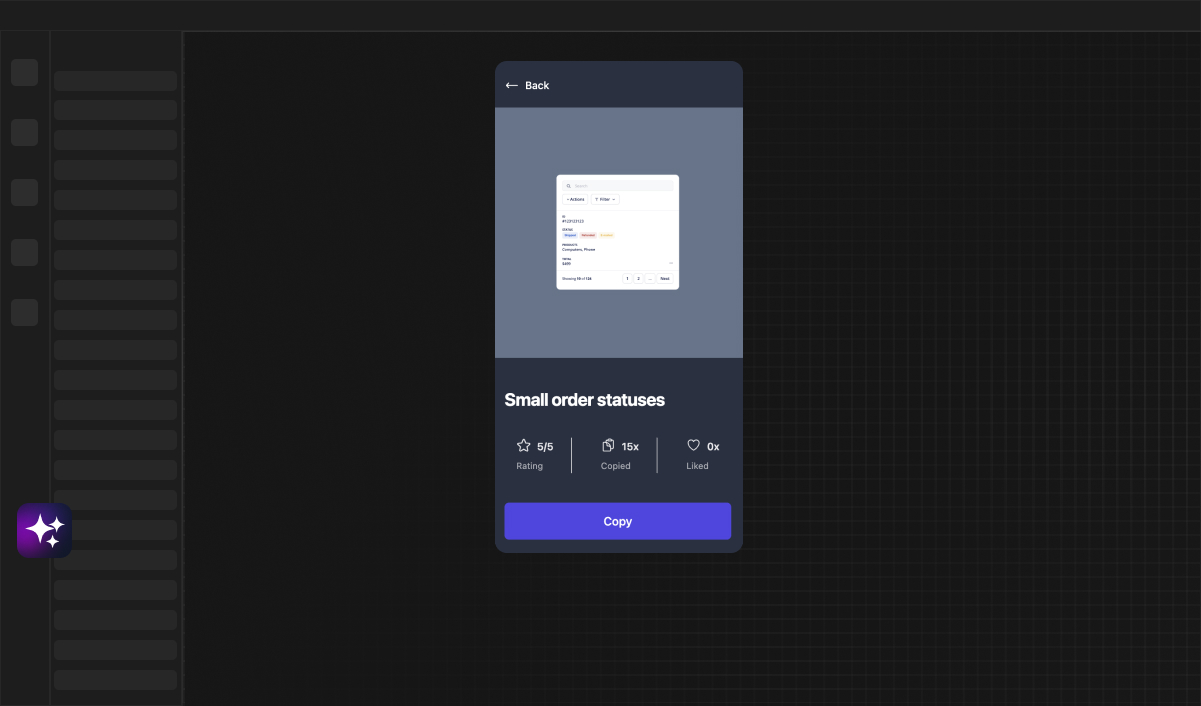
Web Developer
Bubble.io vs Webflow: A Comparison of No-Code Development Platforms
Explore an in-depth comparison between Bubble.io and Webflow, two leading no-code development platforms. This article highlights key features, pricing options, use cases, and helps you decide which platform suits your needs best.
Overview of Bubble.io and Webflow
What is Bubble.io?
Bubble.io is a robust no-code platform that enables individuals and businesses to build full-fledged web applications without writing any code. It focuses on providing a visual programming interface where users can create complex workflows and database operations. Bubble.io is particularly admired for its deep customization and flexibility, allowing developers and non-developers alike to bring to life powerful web applications that can scale as their needs evolve.
What is Webflow?
Webflow is a powerful design and website building tool that merges the functionalities of traditional web design tools with a fully integrated CMS (Content Management System). Aimed at designers who want to implement visual designs without delving into code, Webflow offers a sophisticated platform that produces clean, production-ready HTML, CSS, and JavaScript. Webflow is not just about building static sites; it also allows users to create fully responsive and interactive websites with animations and complex interactions.
Key Features of Bubble.io
User Interface and Experience
Bubble.io's user interface is primarily designed to cater to users who wish to implement application logic without the complexity of traditional programming. The drag-and-drop interface simplifies the creation of user interfaces, while the workflow editor lets users define what happens at every step of the application. This environment facilitates rapid development, making it highly suitable for prototyping.
Customization and Flexibility
One of the standout features of Bubble.io is its exceptional level of customization. Users can tailor every aspect of their application, from the front-end design and user interactions to complex back-end processes. Additionally, Bubble.io’s flexibility is evident in its capability to connect with numerous APIs and third-party services, expanding the functionality of the applications users can build.
Key Features of Webflow
Design Capabilities
Webflow offers a robust set of design tools that cater primarily to web designers looking to create visually appealing sites. The platform provides control over CSS properties in a visual format, so users can design elements with pixel-perfect accuracy. Furthermore, Webflow's responsive design tools allow creators to adjust layouts for different devices effortlessly, promoting a seamless user experience across all platforms.
CMS and E-commerce Functionality
Webflow seamlessly integrates CMS and e-commerce functionalities, enabling users to manage content and sell products directly from their websites. The CMS feature is user-friendly and adaptable, allowing for the management of various content types from blog posts to product listings. This integration is crucial for businesses looking to maintain dynamic sites with minimal effort.
Pricing Comparison: Bubble.io vs Webflow
Subscription Plans
Both Bubble.io and Webflow offer tiered pricing plans to accommodate the different needs and budgets of their users. Bubble.io has a free plan that is quite generous but puts limits on the number of app users and workflows. On the other hand, Webflow’s free tier mainly focuses on basic site building, with more advanced features available in higher-tier plans.
Additional Costs and Free Options
It’s important to consider the long-term costs associated with both platforms. While Bubble.io can become relatively expensive with the addition of plugins and other integrations, Webflow often requires third-party services for extensive functionality, which can also increase the overall cost. Both platforms offer free options that are sufficient for trying out their basic features, but scaling up would require choosing one of their paid plans.
Use Cases and Target Audience
Ideal Use Cases for Bubble.io
Bubble.io is excellently suited for building web applications that require a database, such as internal business tools, customer portals, and more. It is a favorite among startups and entrepreneurs looking to quickly bring their app ideas to market without heavy upfront investment in software development.
Ideal Use Cases for Webflow
Webflow is ideal for designers and businesses that prioritize high-fidelity designs and need to implement visually compelling, static, or lightly dynamic websites. It's particularly beneficial for portfolio sites, corporate websites, and blogs that require a strong visual presence with minimal to moderate interactivity.
Pros and Cons of Bubble.io and Webflow
Advantages of Using Bubble.io
Bubble.io offers a high degree of customization and the ability to build complex workflows without coding. Its comprehensive API connectors and integration capabilities make it an adaptable solution for various business needs.
Advantages of Using Webflow
Webflow shines in areas of design flexibility, offering superior tools for creating outstanding visual website experiences. Its integration of CMS and e-commerce tools also makes it a robust choice for content-driven sites and online stores.
Limitations of Bubble.io and Webflow
However, Bubble.io can have a steeper learning curve due to its extensive features and flexibility. Webflow, while excellent for static sites, may not be the best choice for applications requiring extensive backend logic or database operations.
Conclusion: Choosing Between Bubble.io and Webflow
Factors to Consider
When deciding between Bubble.io and Webflow, consider the primary purpose of your site or application. Bubble.io is more suited for applications with complex databasing and operational workflows, while Webflow is ideal for creating visually attractive and content-focused websites.
Final Recommendations
If your project involves heavy user interaction, data management, and custom processes, Bubble.io is the recommended choice. For projects that require top-notch design, minimal coding, and straightforward content management, Webflow is the way to go. Regardless of your choice, both platforms offer powerful tools to bring your digital projects to life without deep coding knowledge.
 Leer en
Español
Leer en
Español Leia em
Português
Leia em
Português


